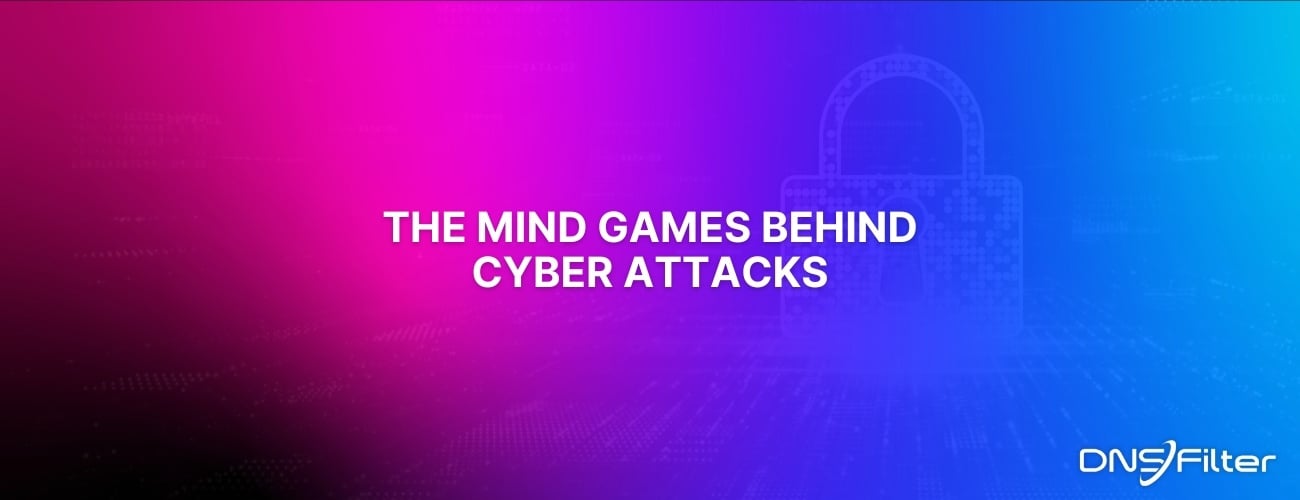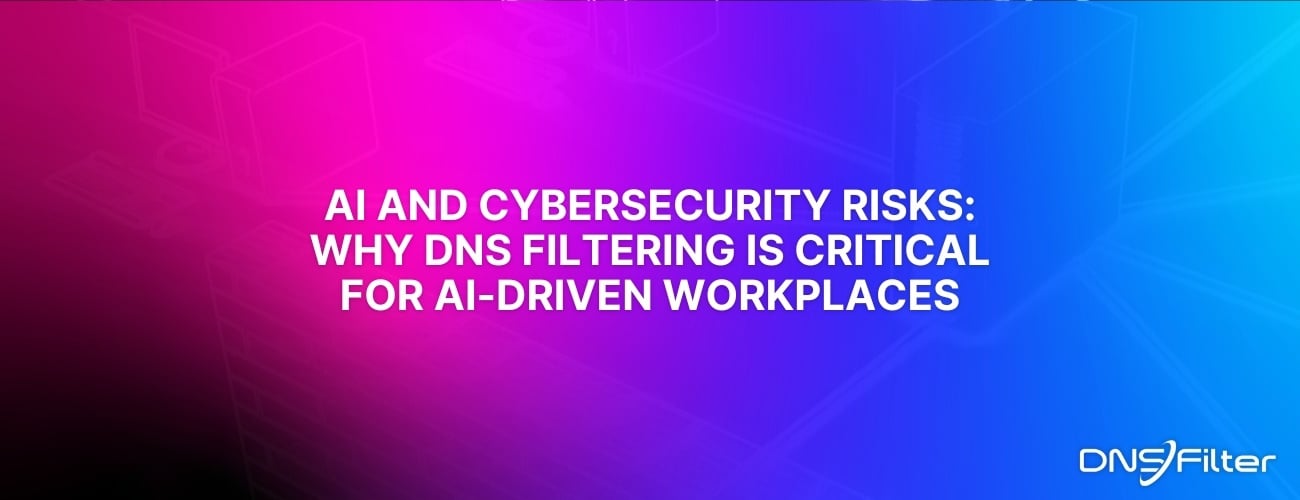Share this
Ransomware, Malware, and Phishing (Oh My): How to Keep Your Business Data Safe
by Kory Underdown on Sep 14, 2022 12:00:00 AM
Understanding Threats to Your Organization
Do you know how vulnerable your business or organization is to security threats? You might be surprised by the evergreen of internet-based crime and how much damage a data breach can cause.
The largest data breach to date, discovered in 2020, leaked over 10 billion records due to improper security measures. Before that, Yahoo revealed that hackers had compromised 3 billion accounts in 2013, which amounts to their entire usership. 😱
Now, these are two extreme examples of what can go wrong when you don’t take proper measures to keep your information safe, but they teach an important lesson. No organization is safe from cybersecurity threats, including yours. You must take the right measures to protect your business—no ifs, ands, or buts about it.
There are many different forms of cyber attacks to be aware of, but two of the most common categories are malware and phishing. But what happens when they team up? In this post, we’ll help you prepare for what they are, what to look for, and how to defend your data.
What You Need to Know About Malware and Phishing
First, let’s get the definition of malware, ransomware, and phishing out of the way.
Malware, or malicious software, is created to cause intentional damage to your device, server, or network. Malware can include everything from adware, viruses, ransomware, trojans, worms, and other programs that have been designed to target network vulnerabilities to gain unauthorized access.
The best way to minimize the damage of malware to your organization is to take a zero-trust approach to cybersecurity. For extra safety, DNS protection is a lightweight but powerful layer of security that can mitigate data breaches.
Ransomware is a type of malware that makes a device, its applications, or its files inaccessible and unusable—or threatens to reveal private data—unless the owner pays a ransom to the attackers.
It’s common for ransomware to spread via malicious links or attachments. For some ransomware just visiting a site through a malicious link can force download malware onto your computer and cause a ransomware attack.
Phishing, rather than being your grandfather’s favorite hobby, is an attack by a malicious individual or organization to collect private information like passwords, usernames, and other sensitive data. Phishing messages are more commonly sent via email, but phishing attacks can also happen through SMS text messages, calendar invites, and phone calls.
Phishing is a popular method for hackers because the attacks are easy to deploy and can result in a huge payout for the attackers. Unfortunately, phishing has been proven to work time and again.
Why Malware and Phishing Go Hand-In-Hand (and How to Defend Your Data)
Even though malware and phishing are distinct cybersecurity threats, they do overlap pretty significantly. Phishing is a tactic that is often used to deliver malware (including ransomware), and both are methods used in business email compromise attacks. Phishing and malware attacks can have a lasting negative impact on your business if your organization is not properly prepared.
Consider this: according to the U.S. Cybersecurity & Infrastructure Security Agency (CISA), of the top 11 malware strains identified in 2021, 5 used phishing emails as a delivery method, and an additional 3 used emails with malicious attachments.
What does this information tell us? It shows that your organization isn’t safe against malware attacks unless you take steps to stay secure against phishing.
Key Indicators of Phishing Campaigns
Even the most vigilant employees can be fooled by cybersecurity attacks, especially as phishing tactics become more sophisticated and targeted. Phishing attacks may vary by delivery method, messaging, call-to-action, and target group, but several common factors indicate a phishing attempt:
- The message is different from the typical messages you would receive from the sender
- The message is delivered through an unusual method, such as SMS or phone call, when it would typically come via email
- The email address or URL looks suspicious or different from the standard
- The website you end up on doesn’t match the URL you received when you click the link
If someone at your organization receives a message that shows any (or all) of these characteristics, it’s probably a security threat. The bad news is that your organization is more likely than not going to experience cybersecurity attacks
How to Mitigate Risks of Malware From Phishing Attempts
There’s no one foolproof way to prevent cybersecurity attacks (wouldn’t that be nice?), but there are steps that your organization can take to minimize the chances of encountering malware and falling prey to phishing campaigns.
- Educate your employees about the risks of malware and how to recognize and report phishing. Education is the most important step you can take to protect your organization and keep your data safe from cybersecurity attacks
- Keep your software updated! This means across operating systems, applications, and network assets--keeping your software up-to-date is an easy but important step for mitigating cyber threats
- Encourage your employees to use strong passwords and to keep them stored securely in a password encryption software
- Always inspect the URL and never click links from unknown senders
- Keep offline, encrypted backups of your data that are frequently refreshed so if your organization is affected by malware, you don’t lose key information
- Report phishing attacks to CISA If you have been affected by a phishing attempt
- Enable DNS protection to filter out malicious links and prevent employees from landing on a dangerous webpage
Stay Alert, Stay Safe
Unfortunately, your organization is at risk of a cyber attack every moment you or an employee is online. However, just by reading this article, you are improving your chances of avoiding major damage from a cybersecurity threat. Cybercrime cost U.S. businesses more than $6.9 billion in 2021, yet only 50% of U.S. businesses have a cybersecurity plan in place. Luckily, you’re not part of the unprepared crowd!
Protect your network at the DNS layer today with DNSFilter. Try it free for 14 days now.
Share this
 Artificial Intelligence in Cybersecurity
Artificial Intelligence in Cybersecurity
The term “artificial intelligence (AI)” was first coined in 1956. While progress stalled for many years, we can thank IBM for sparking real interest in AI as viable technology: First in 1997 when the computer Deep Blue defeated a chess champion and again in 2011 when Watson won Jeopardy!
 The Mind Games Behind Cyber Attacks
The Mind Games Behind Cyber Attacks
Hackers have long understood that the most sophisticated firewall is no match for a well-placed psychological trick. While many focus on the technical prowess of cybercriminals, the real magic often lies in their ability to manipulate human behavior. By exploiting our natural tendencies and cognitive biases, hackers can slip past even the most robust security systems. It's not just about cracking codes; it's about cracking the human psyche.
 AI and Cybersecurity Risks: Why DNS Filtering is Critical for AI-Driven Workplaces
AI and Cybersecurity Risks: Why DNS Filtering is Critical for AI-Driven Workplaces
Artificial intelligence is transforming business operations, automating everything from customer service to data analysis. But with these advancements come new security challenges. AI-driven cyber threats are becoming more sophisticated, enabling attackers to automate phishing campaigns, generate malware, and exfiltrate sensitive data at scale. Without proper safeguards, AI tools can unintentionally leak corporate secrets or connect to malicious ...


